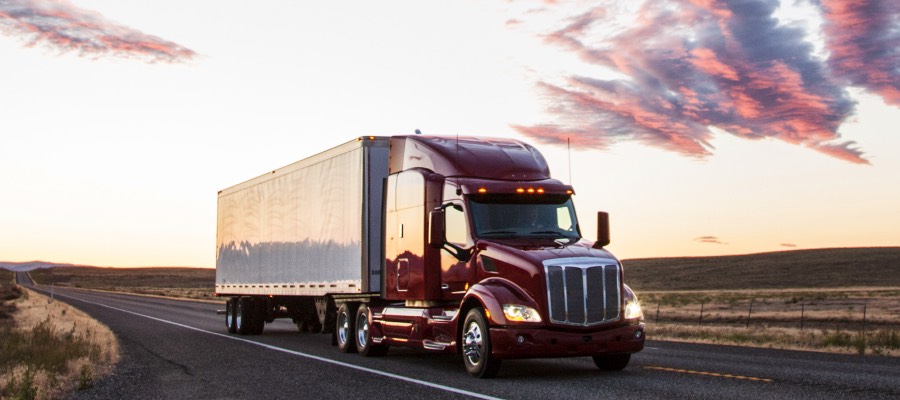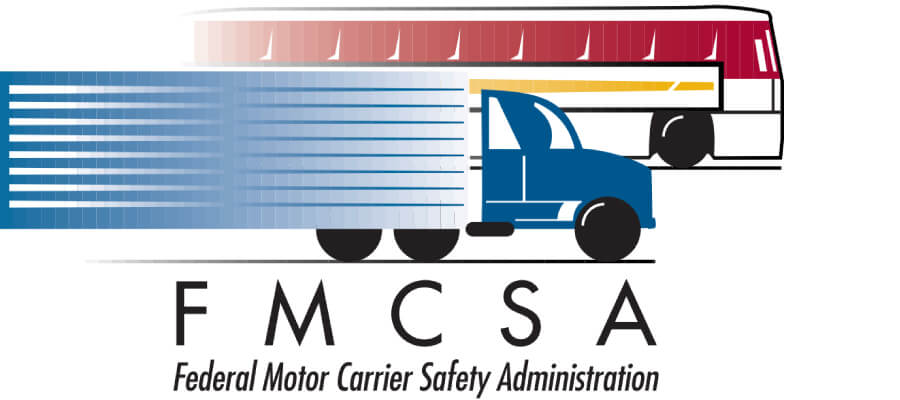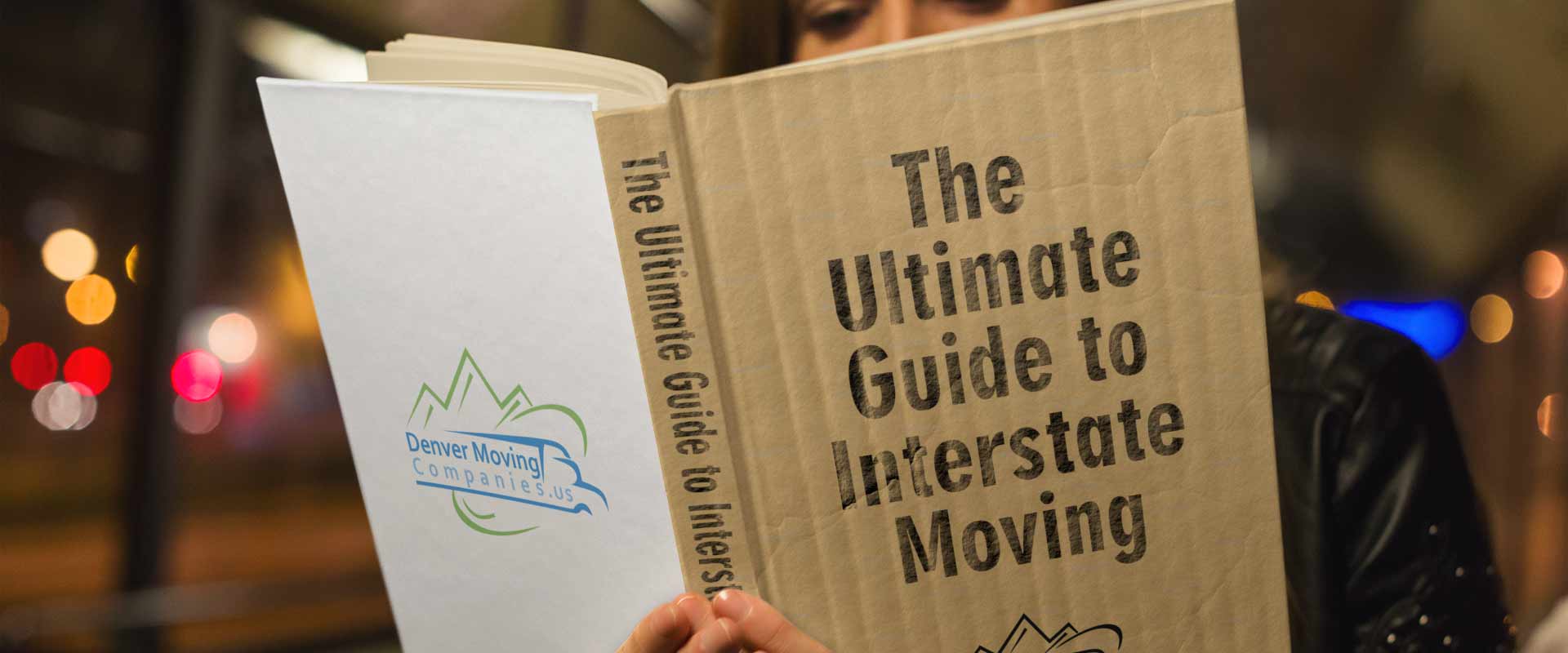Moving to a new state can be an exciting adventure, but it may also be a daunting task. Interstate moves come with their own unique set of challenges and requirements. To help you navigate this process, we’ve put together the ultimate guide to interstate moving. From understanding the differences between local and interstate moves to dealing with potential challenges, this guide has you covered.

Differences Between Local and Interstate Moves
A local move typically involves relocating within the same state or a short distance away, usually less than 50 miles. These moves are relatively straightforward and require less planning and paperwork compared to interstate moves.
Interstate moves, on the other hand, involve crossing state lines and can cover hundreds or even thousands of miles. These moves require more planning, as they often involve dealing with different state regulations, licensing requirements for movers, and additional costs.

Federal Regulations and Licensing Requirements for Interstate Movers
Interstate moving companies must comply with federal regulations and licensing requirements to operate legally. The Federal Motor Carrier Safety Administration oversees and enforces these regulations.
Before hiring a long distance moving company, ensure that they have a valid USDOT (U.S. Department of Transportation) number. This unique identifier is issued by the FMCSA and proves that the company has met federal safety and insurance requirements. You can verify a mover’s USDOT number on the FMCSA website.

Tips for Finding Reputable Long Distance Moving Companies
- Research: Start by asking friends, family, or coworkers for recommendations. Then, search online for moving companies in your area, focusing on those that specialize in interstate moves.
- Check Reviews and Ratings: Visit websites like the Better Business Bureau (BBB) to read reviews and check ratings. Look for local moving companies with a proven track record of customer satisfaction.
- Verify Licensing and Insurance: Make sure the moving company has a valid USDOT number and adequate insurance coverage. This information should be readily available on their website or through the FMCSA website.
- Get Multiple Estimates: Request at least three in-home estimates from different moving companies in Denver. This will allow you to compare prices and services. Be cautious of estimates that seem too good to be true, as they may be a sign of a rogue mover.
- Ask Questions: During the estimate process, ask questions about the company’s experience with interstate moves, their policies regarding delays, and any additional fees that may apply.

Packing and Preparation Tips for Interstate Moves
- Start Early: Begin packing as soon as possible. This will give you ample time to sort, declutter, and organize your belongings.
- Create an Inventory: Make a detailed inventory of your items, including photos and descriptions. This will help you keep track of your belongings and provide documentation in case of loss or damage during the move.
- Pack Properly: Use high-quality packing materials to protect your items during transit. Fragile items should be wrapped in bubble wrap or packing paper, while heavier items should be placed in sturdy boxes.
- Label Moving Boxes: Clearly label each box with the room it belongs to and its contents. This will make unpacking easier and more efficient.
- Prepare a “First Night” Box: Pack a box with essentials for the first night in your new home, such as a change of clothes, toiletries, and important documents. This will ensure that you have everything you need on hand when you arrive.

Understanding Moving Estimates and Contracts
Interstate moving estimates and contracts can be confusing, but it’s crucial to understand them before signing on the dotted line. Here are some key points to keep in mind:
- Binding vs. Non-Binding Estimates: A binding estimate guarantees the total cost of your move based on the weight or cubic feet and services listed in the quote will not exceed. A non-binding moving estimate, on the other hand, is an estimation of the cost, which can change based on the actual weight of your belongings and additional services required.
- Weight-Based vs. Cubic Foot-Based Estimates: Weight-based estimates calculate the cost of your move based on the total weight of your belongings, while cubic foot-based estimates are based on the volume of space your items take up in the moving truck. Weight-based estimates are generally more accurate and are required by federal regulations for interstate moves.
- Additional Services and Fees: Be aware of any additional services or fees that may be included in your estimate, such as packing materials, disassembly and reassembly of furniture, or shuttle services. Make sure you understand the costs associated with these services and whether they are necessary for your move.
- Review the Contract Thoroughly: Before signing a contract, read it carefully to ensure that it includes all the services you require and accurately reflects the agreed-upon price. Pay special attention to the fine print, as it may contain important information regarding potential fees or limitations.

Dealing with Potential Challenges During an Interstate Move
Interstate moves can present a variety of challenges, but being prepared and proactive can help you navigate them with ease. Here are some potential challenges and tips for handling them:
- Delays: Unexpected delays can occur during interstate moves, such as traffic jams, bad weather, or mechanical issues with the moving truck. Be prepared for the possibility of delays by maintaining open communication with your moving company, and be flexible with your plans.
- Damage or Loss of Belongings: Despite the best efforts of your moving company, accidents can happen. To minimize the risk of damage, pack your belongings carefully and use appropriate packing materials. In the event of damage or loss, contact your moving company immediately and provide documentation (such as photos) to support your claim.
- Unexpected Costs: Be prepared for the possibility of additional costs during your move, such as extra packing materials or services. Discuss these potential costs with your moving company beforehand to avoid surprises.
- Adapting to a New State: Moving to a new state can be both exciting and challenging. Give yourself the time to adjust to your new surroundings and be patient with the process. Reach out to local resources, such as community organizations or online forums, to help you acclimate to your new home.
By following this ultimate guide to interstate moving, you’ll be well-prepared for a successful relocation. Remember to research and select a reputable long distance moving company, pack and prepare your belongings carefully, and be ready to tackle any challenges that may arise during your move. Good luck, and enjoy your new adventure!


